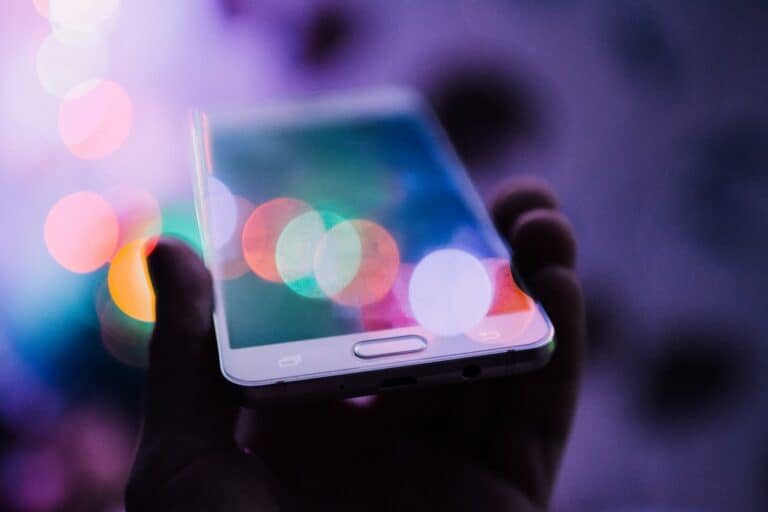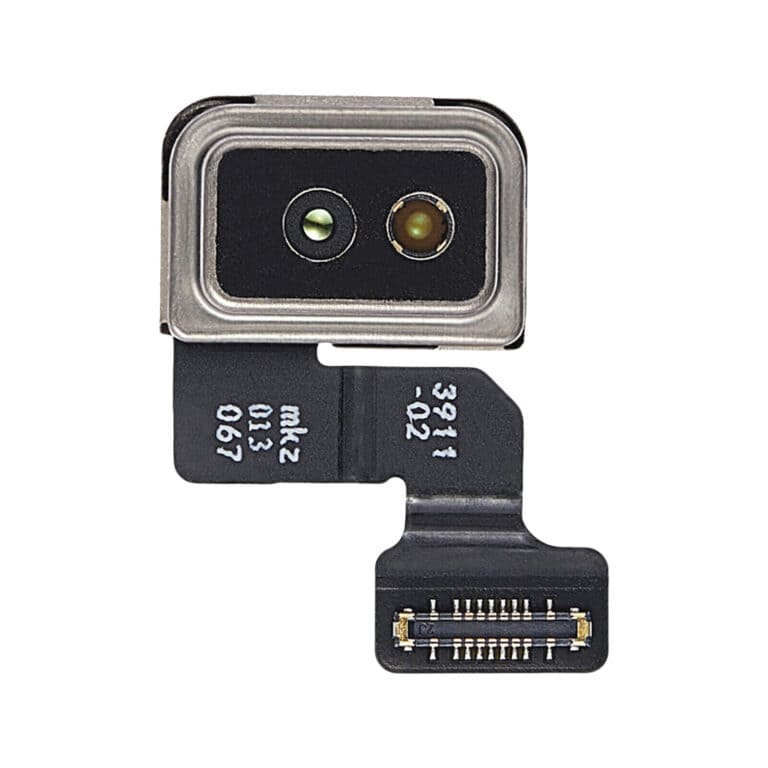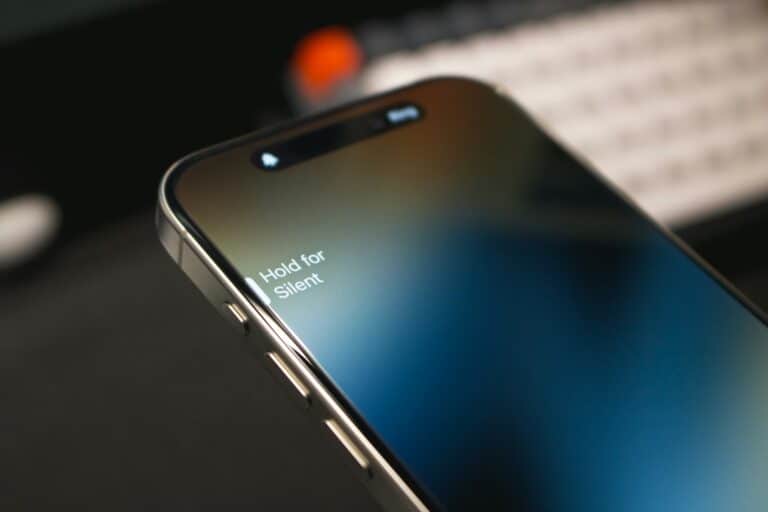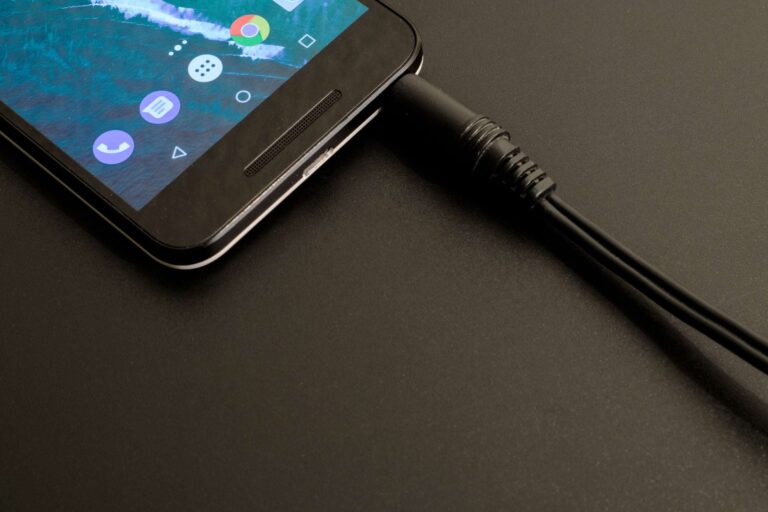Phablets, a blend of smartphones and tablets, have revolutionized the way we interact with mobile devices. These large-screen phones offer a unique combination of the portability of smartphones and the enhanced viewing experience of tablets. This article explores the world of phablets, their evolution, features, and their place in the current mobile landscape.
Phablet: Bridging Phones and Tablets
| Feature | Description |
|---|---|
| Definition | A mobile device combining or straddling the size formats of smartphones and tablets. |
| Screen Size | Typically between 5 and 7 inches diagonally, larger than most smartphones but smaller than most tablets. |
| Features | Blends smartphone features like calling, texting, and mobile apps with tablet capabilities like larger screen for improved media consumption, gaming, and multitasking. |
| Benefits | – Offers a larger screen than a smartphone for a more immersive experience. – More suitable for multimedia consumption like watching videos or playing games. – Can be a good choice for users who find tablets too bulky or smartphones too small. |
| Drawbacks | – Can be bulkier and less pocketable than smartphones. – Battery life may be shorter due to larger screen and higher processing power. – May not be as comfortable to hold for long periods as smaller devices. |
| Popularity | Phablets were more popular in the early 2010s but have since been replaced by large-screen smartphones and foldable phones. |
| Examples | Popular phablets include the Samsung Galaxy Note series, iPhone Plus/Max models, and Google Pixel XL. |
Additional Notes:
- The term “phablet” is a portmanteau of “phone” and “tablet.”
- The definition of a phablet can be somewhat subjective, as the line between smartphones and tablets continues to blur.
- Choosing between a smartphone, phablet, or tablet depends on individual needs and preferences.
Key Takeaways
- Phablets are a hybrid between smartphones and tablets, typically featuring screens larger than 5.5 inches.
- They offer advantages like better multimedia experience, enhanced productivity, and improved gaming performance.
- The market has seen a significant shift towards phablets, with major brands releasing larger screen models.
Top Upcoming Phablet Releases (Expected 2024)
Likely Top Contenders:
- Samsung Galaxy Z Fold6: Expected to boast an improved crease, lighter weight, and even more powerful processor.
- Samsung Galaxy S24 Ultra: Rumors suggest a 200MP camera and even faster performance.
- Apple iPad Pro M3: Apple’s flagship tablet could receive a substantial performance boost with the M3 chip.
- Microsoft Surface Duo 3: The dual-screen Surface Duo might get a refined design and improved software in its next iteration.
- Huawei Mate X4: Huawei’s foldable could return with improved hinge and camera technology.
Others to Watch:
- Google Pixel Fold: A potential entry from Google in the foldable market.
- Xiaomi Mix Fold 3: Xiaomi’s foldable line continues to impress with innovative features.
- Lenovo Z7 Pro: Lenovo’s powerful tablet series could see an upgrade with new features.
- OPPO Find N3: OPPO’s foldable phone could see a larger sibling in the form of a phablet.
- ASUS ROG Phone 7 Pro: For mobile gamers, the ROG Phone series might offer a phablet option with top-tier specs.
Factors to Consider:
- Release Date: Some of these phablets may not be released until later in 2024.
- Price: Top-tier phablets often come with hefty price tags.
- Features: Consider what features are most important to you, such as display size, camera quality, performance, or operating system.
- Reviews: Wait for reviews before making a final decision, as actual performance and user experience can vary.
Remember, this is just a prediction based on current information. The actual top 10 phablets of 2024 might be different. Stay tuned for updates and announcements as the year progresses!
Understanding Phablets: A Hybrid Innovation
Phablets have emerged as a distinct category in the mobile device market. They are characterized by their large screens, usually measuring between 5.5 to 6.5 inches or more. This size bridges the gap between traditional smartphones and tablets, offering a unique combination of functionality and convenience.
The Origin and Rise of Phablets
The term ‘phablet’ is a portmanteau of ‘phone’ and ‘tablet’. This category gained popularity with the release of devices like the Samsung Galaxy Note series, which featured larger screens and stylus functionality. These devices catered to a growing demand for larger displays, suitable for multimedia consumption, gaming, and productivity tasks.
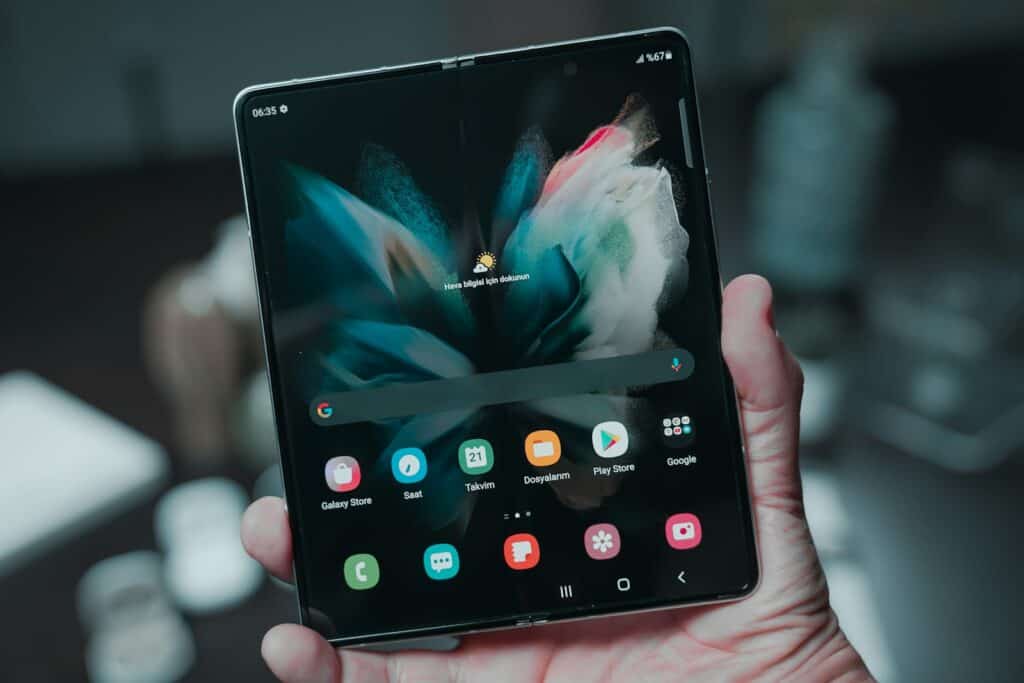
Features and Advantages of Phablets
Phablets are not just about larger screens; they bring a host of features that enhance user experience.
Enhanced Multimedia and Gaming Experience
The larger screen size of phablets makes them ideal for watching videos, browsing the web, and playing games. The expansive display offers more real estate for immersive gaming and video playback, making them a favorite among multimedia enthusiasts.
Improved Productivity and Multitasking
Phablets often come with powerful processors and ample RAM, making them capable of handling multiple tasks simultaneously. This makes them a great tool for productivity, allowing users to work on-the-go more efficiently.
Superior Camera Capabilities
Many phablets boast high-quality cameras, rivaling professional photography equipment. The larger screen provides a better viewfinder for capturing images and videos, enhancing the overall photography experience.
Popular Phablets in the Market
The phablet market is dominated by major players like Samsung, Apple, and Huawei, each offering devices with unique features.
Samsung Galaxy Series
Samsung’s Galaxy Note and S series are among the most popular phablets. They are known for their high-resolution displays, S Pen stylus, and cutting-edge camera technology. For an in-depth review of the latest models, check out TechRadar’s article on the best big phones.
Apple’s iPhone Plus and Max Models
Apple’s iPhone Plus and Max models cater to the phablet market with their large screens and advanced features. The iPhone 15 Pro Max, for instance, offers a 6.7-inch display and is renowned for its camera capabilities and overall performance.
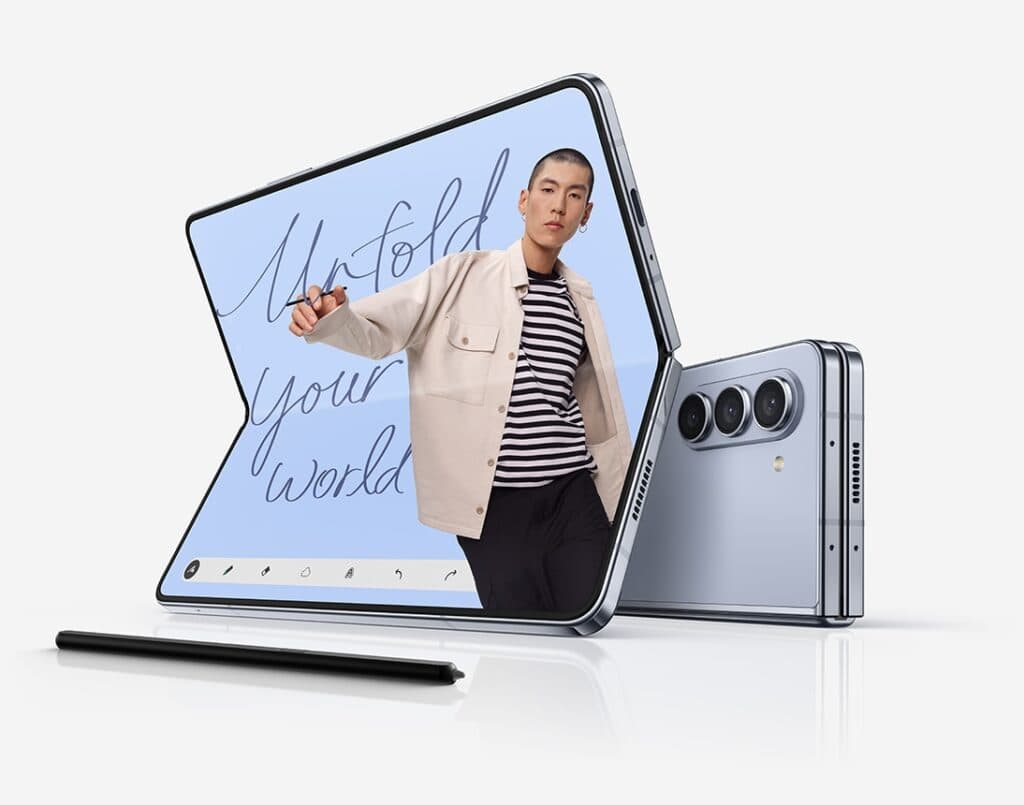
Huawei’s Mate Series
Huawei’s Mate series is another notable entrant in the phablet market, known for its large displays and powerful hardware. These devices often come with innovative features like reverse wireless charging and Leica co-engineered cameras.
Phablets vs. Traditional Smartphones
While phablets offer several advantages, they also come with certain trade-offs compared to traditional smartphones.
Advantages of Larger Screen Size
- Better for media consumption and gaming
- Enhanced productivity with more screen space
- Improved camera viewfinder experience
Trade-offs and Ergonomics
- Phablets can be less portable and harder to use with one hand
- They may not fit comfortably in all pockets
- The larger size can be a disadvantage for users looking for compact devices
User Preferences and Market Trends
The market has seen a shift towards larger screens, with even the standard models of new smartphones featuring screen sizes that were once considered exclusive to phablets. This trend reflects a change in user preferences, with more people opting for devices that offer better multimedia and productivity capabilities.
Insights from Reddit Discussion
A recent discussion on Reddit highlighted the evolution of smartphones into phablets. Users reminisced about the time when a 5.3-inch screen was considered large, whereas now, it’s the norm. This shift in perception underscores the growing preference for larger screens. To delve deeper into this discussion, visit the Reddit thread on modern smartphones and phablets.
Are Modern SmartPhones Just Phablets?
In recent years, it’s become increasingly hard to tell smartphones and phablets apart. This change mainly comes down to two things: bigger screens and better multitasking.
Let’s start with screen size. Nowadays, it’s common to see smartphones with screens stretching 6 to 7 inches, which used to be the exclusive domain of phablets. Take the iPhone 15 Pro Max or the Samsung Galaxy S23 Ultra, for example. These big guys often straddle the line between a phone and a phablet.
Then there’s what these devices can do. Today’s smartphones are powerhouses, handling tasks like video editing, gaming, and creative work with ease – stuff we used to rely on tablets for. This boost in performance and larger screens give them a phablet-esque vibe.
But, it’s not all the same. Phablets usually lean more towards providing an immersive multimedia experience. They often have wider screens and beefier speakers. Smartphones, while they’re great for watching videos and playing games, still keep an eye on being easy to carry and use with one hand. Plus, features like advanced camera zooms or stylus support are more common in phablets.
What we’re seeing is the phablet category slowly blending into the smartphone world. As technology advances, smartphones are turning into compact versions of what used to be a phablet’s territory. For users, it’s now more about what they prefer – do they want a big screen and the ability to do more, or something that fits snugly in their pocket?
The Future of Phablets
As technology advances, we can expect phablets to become even more sophisticated. Future models may feature foldable screens, advanced AI capabilities, and even more powerful cameras. The line between smartphones, phablets, and tablets will continue to blur, as manufacturers strive to meet the diverse needs of consumers.
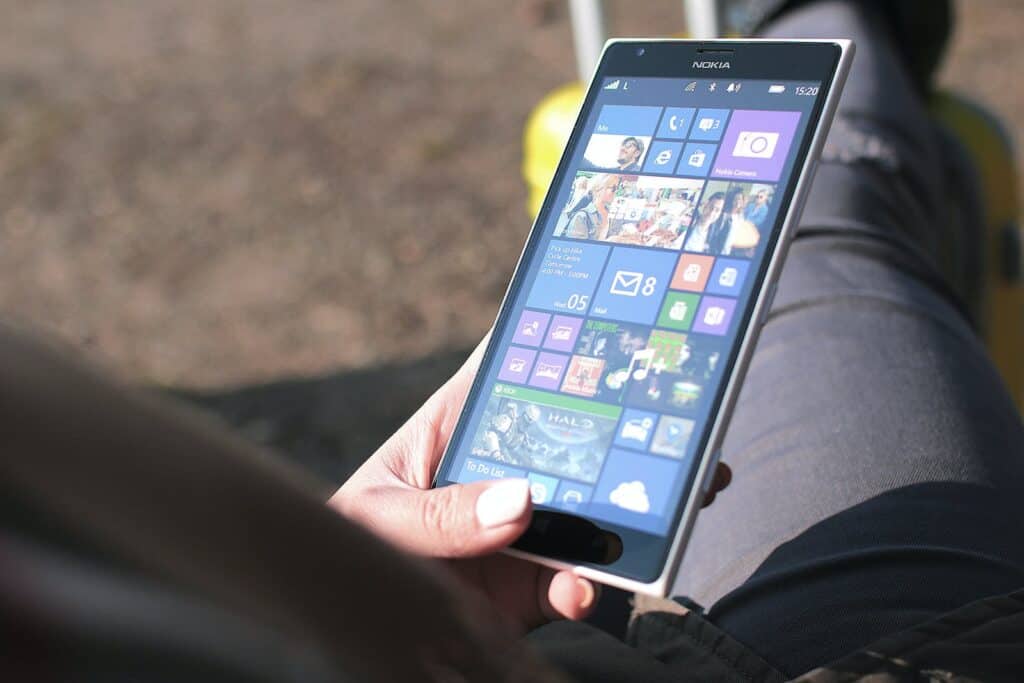
Emerging Technologies in Phablets
- Foldable and rollable displays
- Advanced AI for photography and productivity
- Improved battery technology for longer usage
Predictions and Trends in Smartphone Design
- Continued growth in screen size and quality
- Integration of more advanced cameras and sensors
- Focus on enhancing user experience through software and hardware innovations
Impact of User Demand on Phablet Evolution
Consumer preferences will continue to shape the phablet market. As users demand more from their mobile devices, manufacturers will innovate to provide devices that are not only larger in size but also richer in features and capabilities.
Community Discussion: Insights from Reddit
The Reddit community offers a wealth of perspectives on the rise and impact of phablets. Here’s a summary of key points from a lively discussion on the r/Android subreddit:
- Evolution of Screen Size: Users reflected on how screen sizes have grown over the years, with what was once considered large (5.3 inches) now being the norm.
- Preference Shifts: There’s a noticeable shift towards larger screens, driven by enhanced media consumption and gaming experiences.
- Ergonomics and Usability: Some users expressed concerns about the ergonomics of larger devices, particularly when it comes to one-handed use and pocketability.
- Technology Advancements: The discussion highlighted how advancements in screen technology and design have enabled larger screens without significantly increasing the overall size of the phone.
Table: User Perspectives on Phablets
| Aspect | User Sentiments |
|---|---|
| Screen Size | Appreciation for larger screens for better viewing experience |
| Portability | Mixed feelings about the trade-off between screen size and portability |
| Usability | Concerns about one-handed use with larger devices |
| Technology | Excitement about technological advancements enabling better phablets |
Frequently Asked Questions
- What defines a phablet?
- A phablet is a mobile device that combines the features of a smartphone and a tablet, typically featuring a screen size of 5.5 inches or larger.
- Are phablets good for productivity?
- Yes, their larger screens and powerful hardware make them excellent for multitasking and productivity tasks.
- Can phablets replace tablets?
- While they can perform many functions of a tablet, phablets are still distinct due to their telephony capabilities and portability.
- What are the best phablets available right now?
- Popular models include the Samsung Galaxy Note series, Apple’s iPhone Plus and Max models, and Huawei’s Mate series. For a detailed list, check out Digital Trends’ best phablets.
- Are phablets suitable for gaming?
- Absolutely, their large screens and powerful processors make them ideal for gaming.
Conclusion
Phablets have carved out a unique niche in the mobile device market. They offer the perfect blend of a smartphone’s functionality with the enhanced viewing experience of a tablet. As technology continues to evolve, we can expect phablets to become even more sophisticated, further blurring the lines between different device categories.
Internal Links for Further Reading
- Explore the inception story of phablets and how they’ve evolved over time.
- Understand the components and features of modern tablets, which share similarities with phablets.
- Learn about resolving GPS and navigation issues in tablets and phablets.
Relevant YouTube Videos
- For a visual explanation of what a phablet is, check out this YouTube video.
- Discover the features of a unique 7-inch Android phablet in this YouTube review.
- Learn about the Hewlett-Packard phablet in this informative video.
Phablets continue to be a popular choice for users who want the best of both worlds – the compactness of smartphones and the immersive experience of tablets. As we move forward, it will be exciting to see how these devices evolve to meet the ever-changing needs of consumers.



